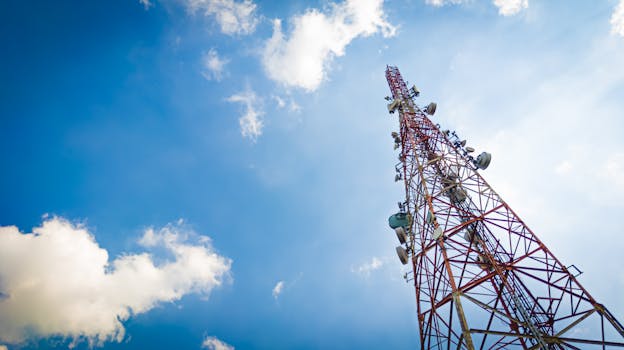
MEO Satellites: The Future of Global Connectivity – MEO Satellites
MEO satellites, or Medium Earth Orbit satellites, are a type of satellite that operates in an orbit between 2,000 and 36,000 kilometers above the Earth’s surface. MEO satellites are designed to provide a wide range of services, including navigation, communication, and Earth observation. In recent years, MEO satellites have gained significant attention due to their unique advantages and potential to revolutionize the way we communicate and access information globally.
MEO satellites have several advantages over other types of satellites. One of the main advantages is their ability to provide global coverage with a relatively small number of satellites. This is because MEO satellites are in a higher orbit than Low Earth Orbit (LEO) satellites, which means they can cover a larger area of the Earth’s surface. Additionally, MEO satellites are less affected by atmospheric interference and have a longer lifespan than LEO satellites.
How MEO Satellites Work
MEO satellites work by transmitting and receiving signals to and from Earth-based stations. The satellites are equipped with transponders, which are devices that receive and re-transmit signals. The signals are transmitted to the satellite through an antenna, and then the satellite transmits the signals back to Earth through another antenna. MEO satellites use a variety of frequencies, including Ka-band, Ku-band, and C-band, to transmit and receive signals.
MEO satellites are used for a variety of applications, including navigation, communication, and Earth observation. Navigation satellites, such as the Global Positioning System (GPS), use MEO satellites to provide location information to users. Communication satellites, such as the O3b satellite constellation, use MEO satellites to provide high-speed internet access to remote and underserved communities. Earth observation satellites, such as the Landsat satellite, use MEO satellites to collect data on the Earth’s surface and atmosphere.
Benefits of MEO Satellites
MEO satellites have several benefits that make them an attractive option for a wide range of applications. One of the main benefits is their ability to provide global coverage with a relatively small number of satellites. This makes them a cost-effective option for providing services such as navigation, communication, and Earth observation. Additionally, MEO satellites are less affected by atmospheric interference, which means they can provide more accurate and reliable services.
Another benefit of MEO satellites is their ability to provide high-speed internet access to remote and underserved communities. This is particularly important for communities that lack access to traditional internet infrastructure, such as fiber optic cables or cellular networks. MEO satellites can provide high-speed internet access to these communities, which can help to bridge the digital divide and promote economic development.
Challenges and Future Directions
Despite the many benefits of MEO satellites, there are also several challenges that need to be addressed. One of the main challenges is the high cost of launching and operating MEO satellites. This can make it difficult for companies and organizations to invest in MEO satellite technology, particularly in developing countries. Additionally, MEO satellites are subject to regulatory frameworks that can limit their use and deployment.
Looking to the future, it is clear that MEO satellites will play an increasingly important role in shaping the future of global connectivity. With the growing demand for high-speed internet access and the need for more accurate and reliable navigation and Earth observation services, MEO satellites are well-positioned to meet these needs. Additionally, advances in technology, such as the development of new propulsion systems and materials, will help to make MEO satellites more efficient and cost-effective.



